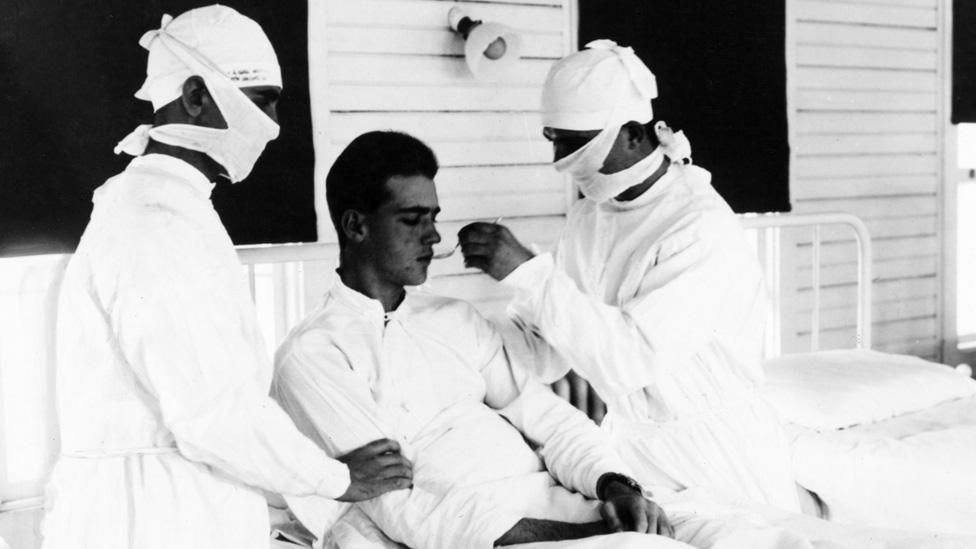Covid: Hyde Park Picture House archive details 1918-19 flu pandemic
- Published

"Influenza epidemic - soldiers, sailors and children barred" - the 1918 restrictions amid the Spanish flu pandemic
One of the country's oldest surviving cinemas has dug through its logbooks and found evidence of its response to a pandemic more than 100 years ago.
Hyde Park Picture House, in Leeds, kept a fastidious daily record of takings, ticket sales and film showings after it opened in 1914.
About five years ago, a mystery woman dropped off a bin bag filled with almost 30 old ledgers detailing about 40 years of early activity at the picture palace.
The scrupulous logs cover the titles being shown, the daily takings and other observations, such as the day's weather.
"Reading through the logs draws you in, it is quite evocative," says Ollie Jenkins, from the Picture House.
Not long after the cinema opened the 1918-19 Spanish flu pandemic was to have a remarkable effect on daily life in Leeds.
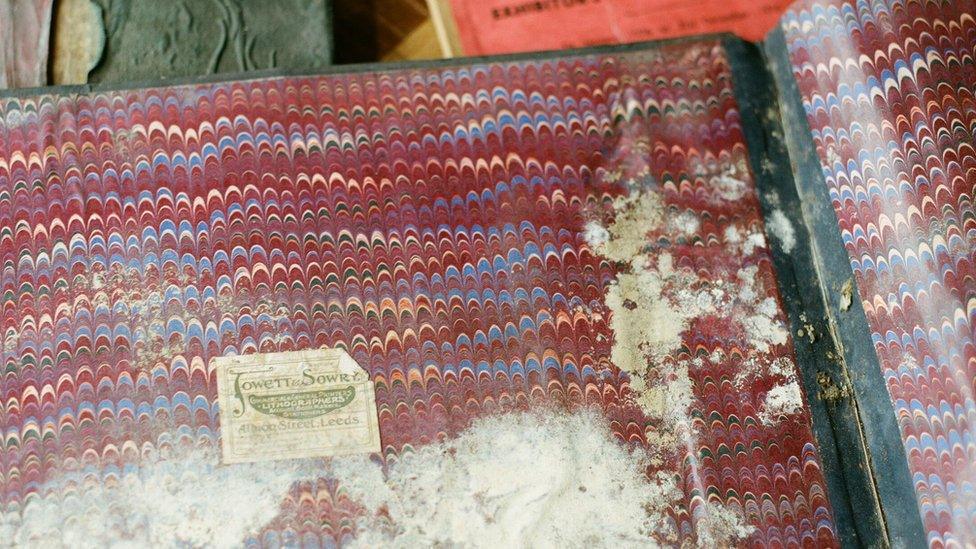
Some of the journals were supplied by Jowett and Sowry, Leeds
On its opening day, on Monday 2 November, staff sold 429 tickets across two screenings of My Only Son, taking just under £9.
As World War One took hold, the cinema continued to open its doors, screening patriotic dramas and newsreels to boost morale in its gas-lit auditorium.
It is October 1918 - a month before the Hyde Park Picture Houses' fourth birthday - when the logs first make mention of the Spanish Flu with an entry containing two stark words: "influenza epidemic".
On 13 November, two days after the end of the war - which is marked by a special Armistice Day stamp in the ledger - the disease had reached the cinema.
The cinema management took measures to try to stop the spread of the virus, as denoted by a logbook entry which reads "soldiers, sailors and children barred".
By 25 November 1918 there is a change of heart and the ledger duly notes: "Soldiers and children admitted, influenza still bad".
"The flu crisis felt like a very sad time as it combined with the end of World War One," says Mr Jenkins.
"The war followed by that illness contained a long period of disruption for the cinema and customers, but a big function of the picture house was to show the news reels and boosting morale with patriotic films.
"There are lots of similarities with what we've gone through with Covid," says Mr Jenkins. "It shows some of the equivalents to our restrictions, including measures on soldiers and sailors who would have been travelling across borders in packed conditions."

The 1918-19 epidemic
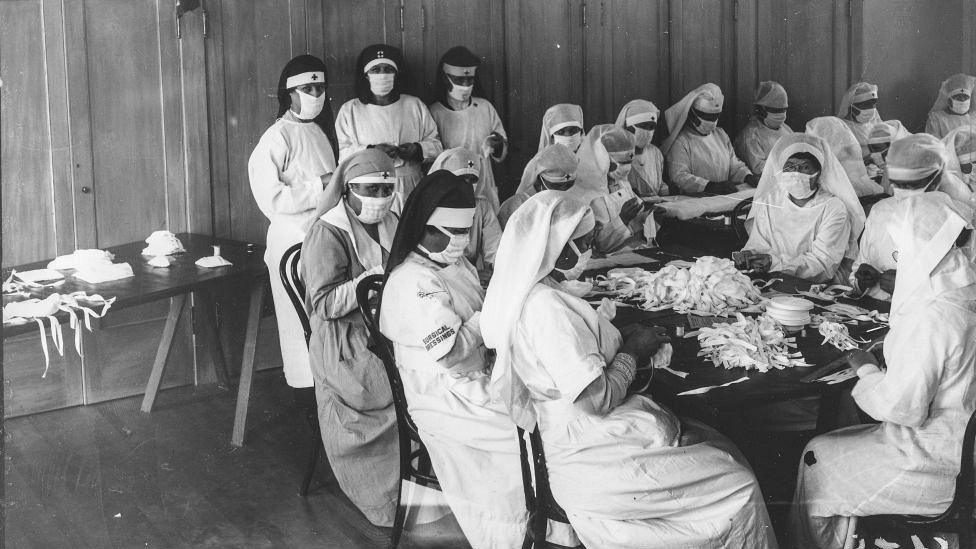
Red Cross nurses in 1918 wearing masks to stop the spread of the deadly disease
Known as Spanish flu, the virus was thought to have begun in cramped, crowded and unsanitary army training camps on the Western Front - though the Centers for Disease Control and Prevention, external says there is no scientific consensus on its origin.
It is estimated about one-third of the world's population became infected with the virus. Fatalities were estimated at least 50 million worldwide, it added.
Records at the University of Leeds, external show an "astounding 1,401 deaths in Leeds alone" in 1918, (a death rate of 3.28 per 1000 of the population). The following year in 1919, the number of deaths from influenza was still high at 623.
The end of the war had left people undernourished and vulnerable, contributing to the severity of the 1918-19 pandemic, according to the university.
Children, pregnant women and nursing mothers were particularly affected.

The daily logging of life at Hyde Park Picture house continued, unabated and cinema records show royal events such the Prince of Wales' visit to the city in 1923 and a rare day's closure for the death of King George V in 1936.
During World War Two air raids and gunfire were mentioned alongside cinema attendances.
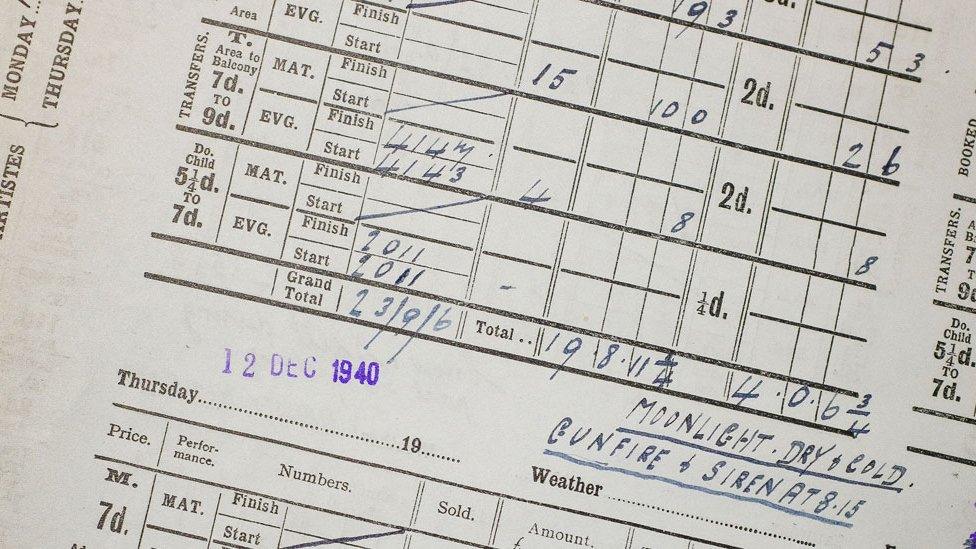
Did the dry, cold moonlit conditions contribute to the air raid siren and guns sounding on 12 December 1940?
The records come to a halt in 1958 and cinema staff hope in future to digitise and properly research the treasure trove.
The Grade II listed cinema closed for refurbishment just as the Covid-19 pandemic hit and is due to re-open in September.
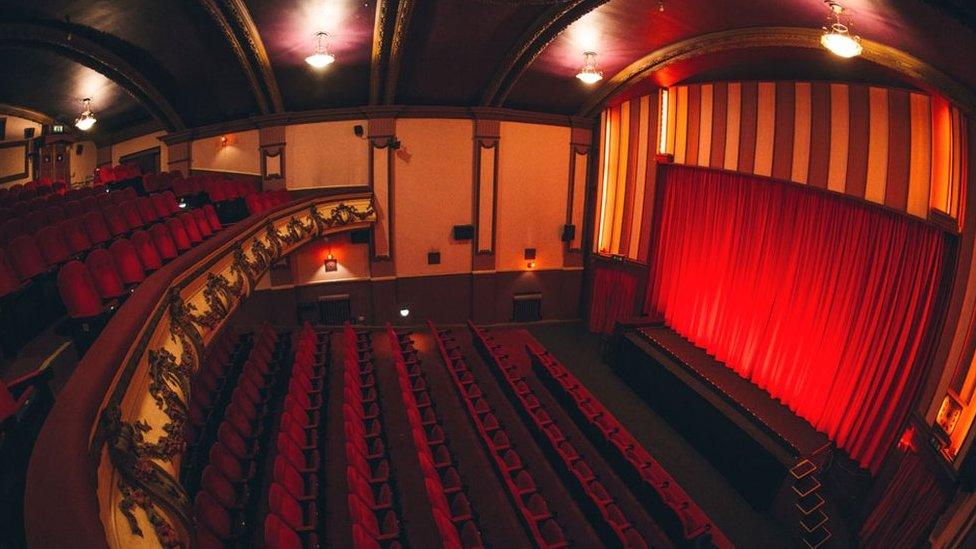
The Grade II cinema still has gas lighting as it did in 1914
A community fundraising drive to pay for renovations has already raised about £35,000 and has a target of £40,000 by Christmas Eve.
The money donated will sponsor the cinema's famous gas lamps and help with upkeep of the Grade II listed lamp-post outside the front door.

Follow BBC Yorkshire on Facebook, external, Twitter, external and Instagram, external. Send your story ideas to yorkslincs.news@bbc.co.uk, external
Related topics
- Published8 November 2021
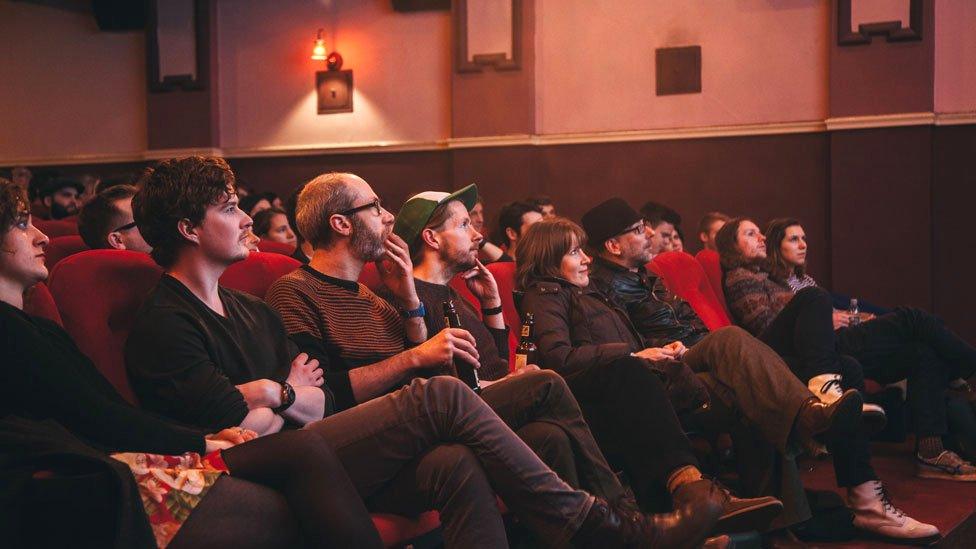
- Published10 January 2019
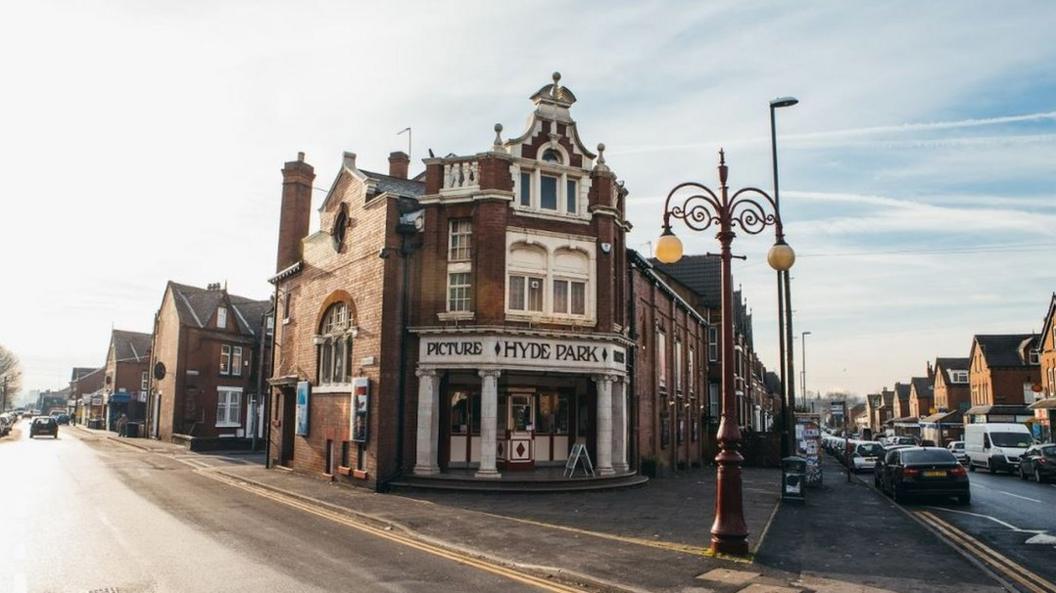
- Published10 May 2020
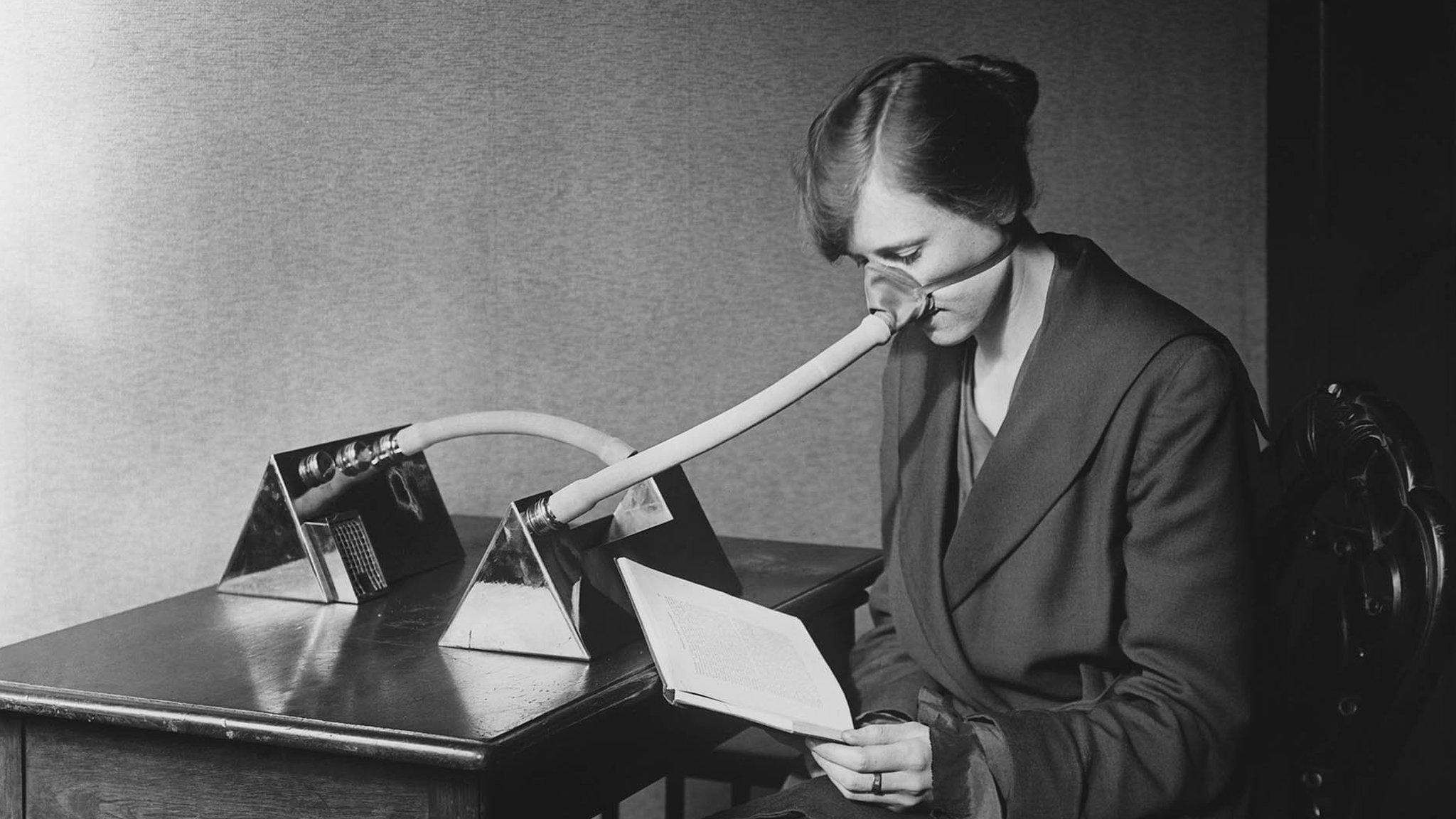
- Published18 March 2020
- Published15 October 2018
